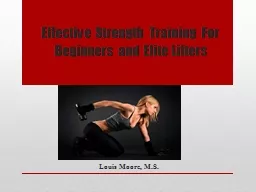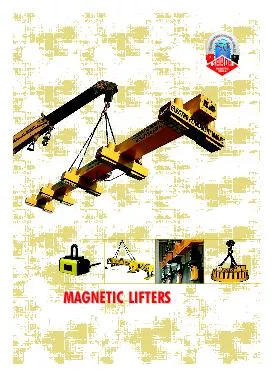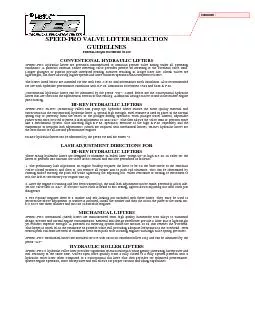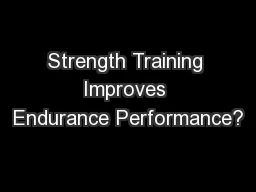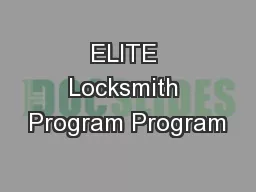PPT-Effective Strength Training For Beginners and Elite Lifters
Author : sherrill-nordquist | Published Date : 2017-07-04
Louis Moore MS I dont think a diet or training program produces weight loss any more than a hammer produces a house Its the person The best workout or nutrition
Presentation Embed Code
Download Presentation
Download Presentation The PPT/PDF document "Effective Strength Training For Beginner..." is the property of its rightful owner. Permission is granted to download and print the materials on this website for personal, non-commercial use only, and to display it on your personal computer provided you do not modify the materials and that you retain all copyright notices contained in the materials. By downloading content from our website, you accept the terms of this agreement.
Effective Strength Training For Beginners and Elite Lifters: Transcript
Download Rules Of Document
"Effective Strength Training For Beginners and Elite Lifters"The content belongs to its owner. You may download and print it for personal use, without modification, and keep all copyright notices. By downloading, you agree to these terms.
Related Documents

